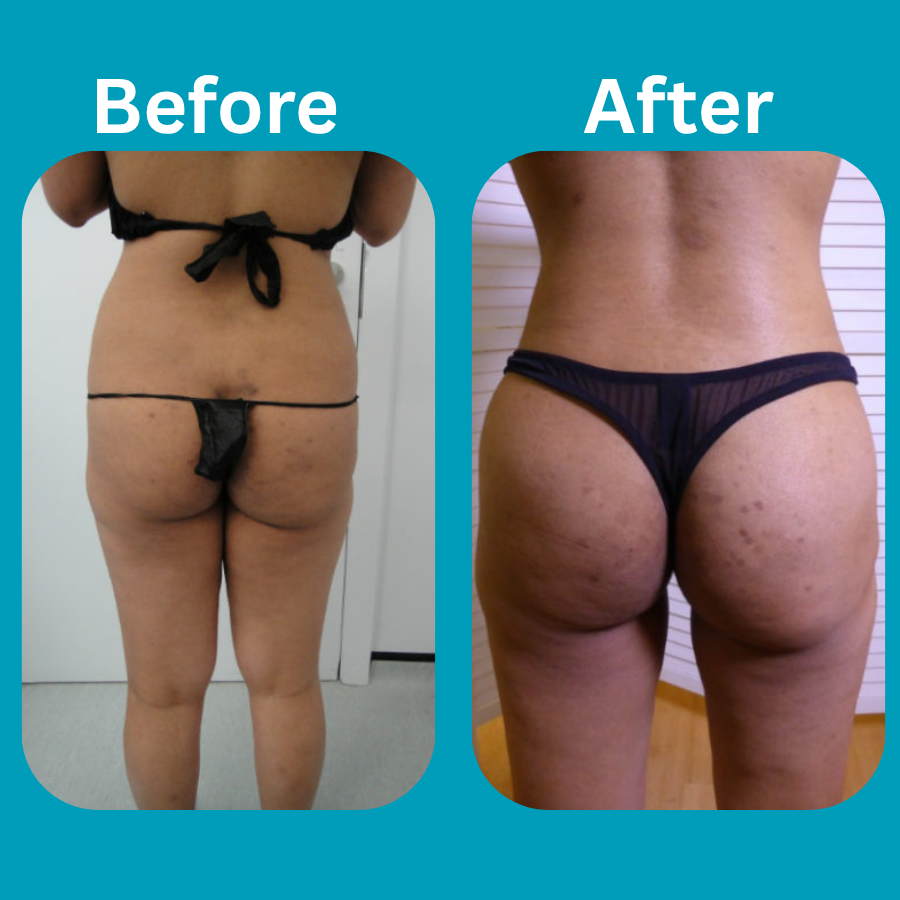Stubborn fat on the upper arms, commonly known as bingo wings<, tends to develop as women age due to:
Loss of skin elasticity
Accumulated fatty tissue
Lack of targeted muscle tone
Dr. Puneet Gupta offers microcannular liposuction — a >minimally invasive technique performed under local anaesthetic. It removes fat and contours the arms for a firmer, more youthful appearance.
